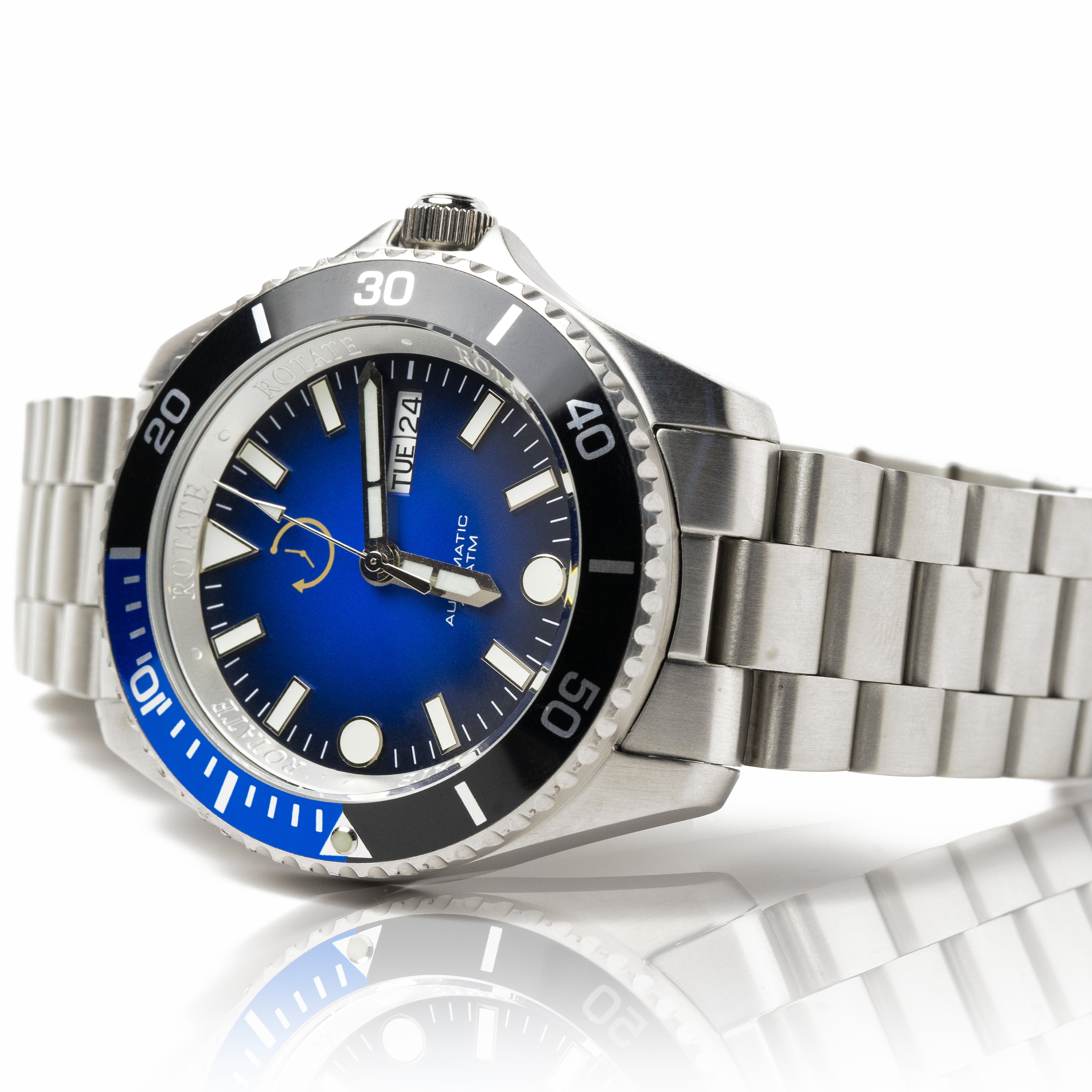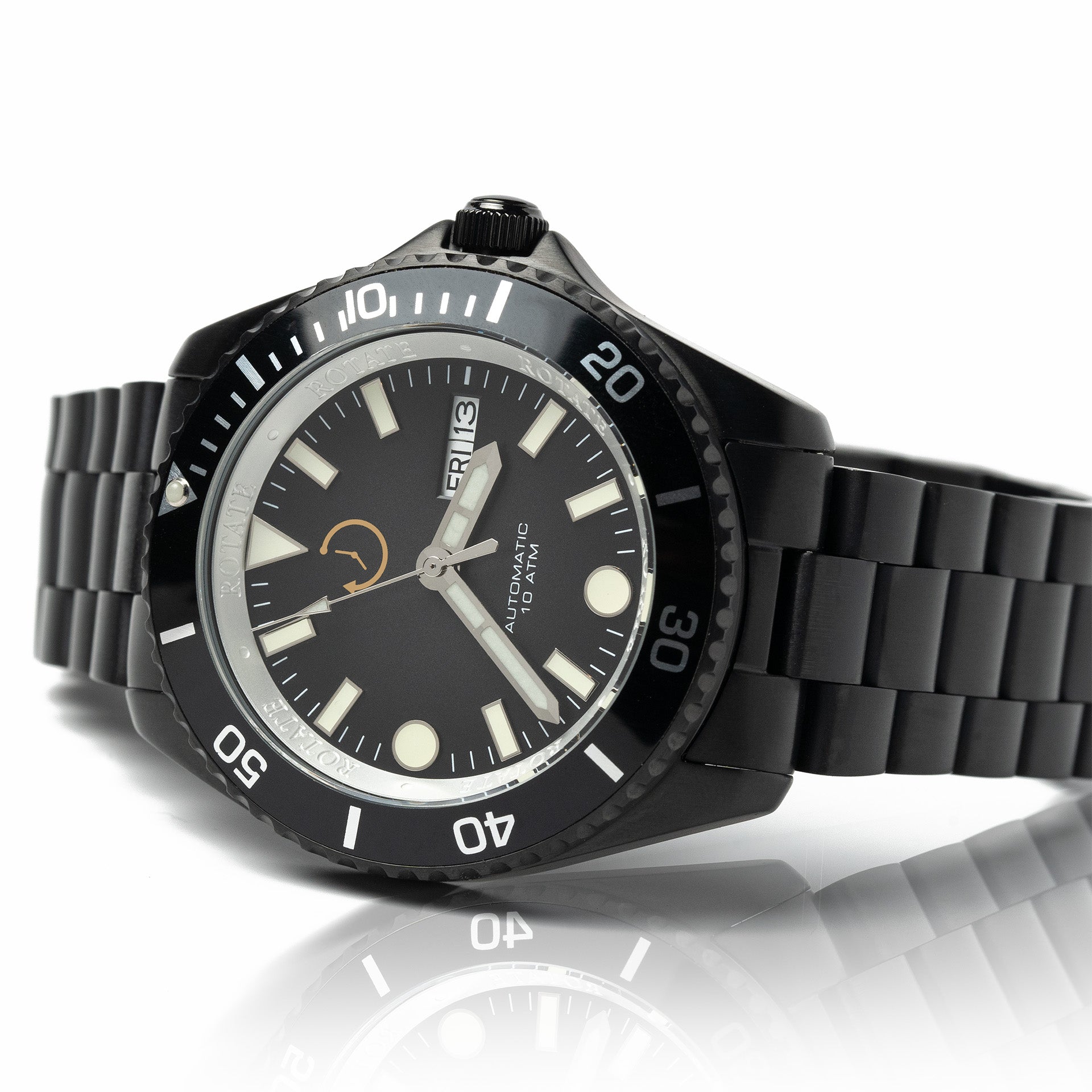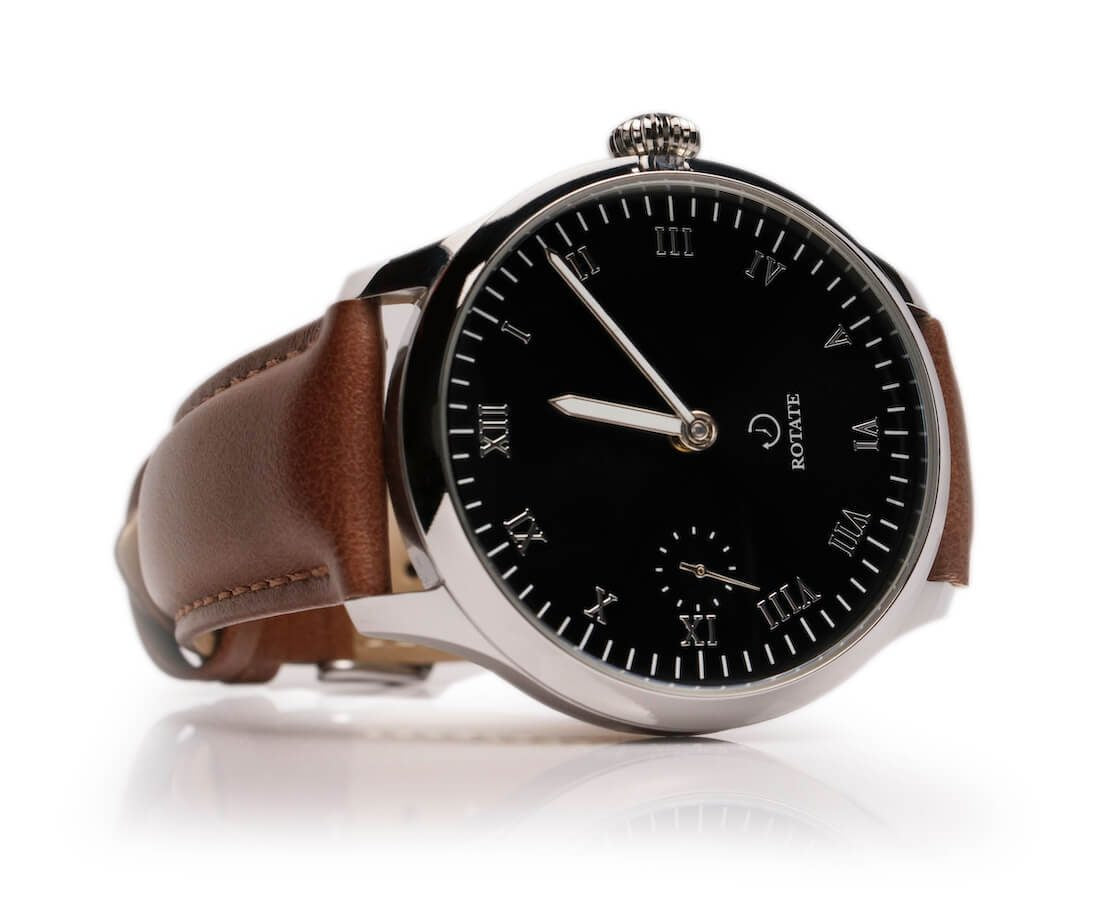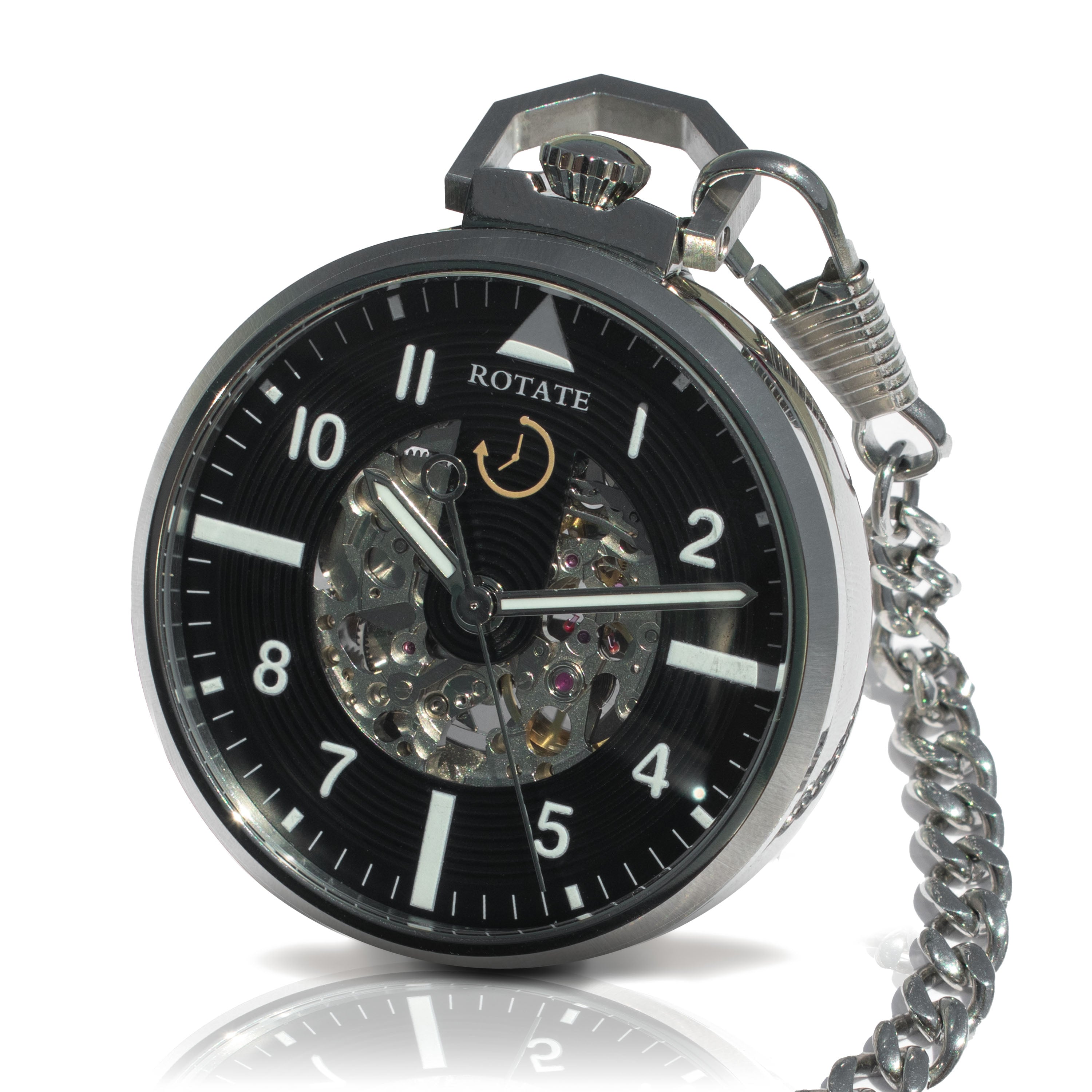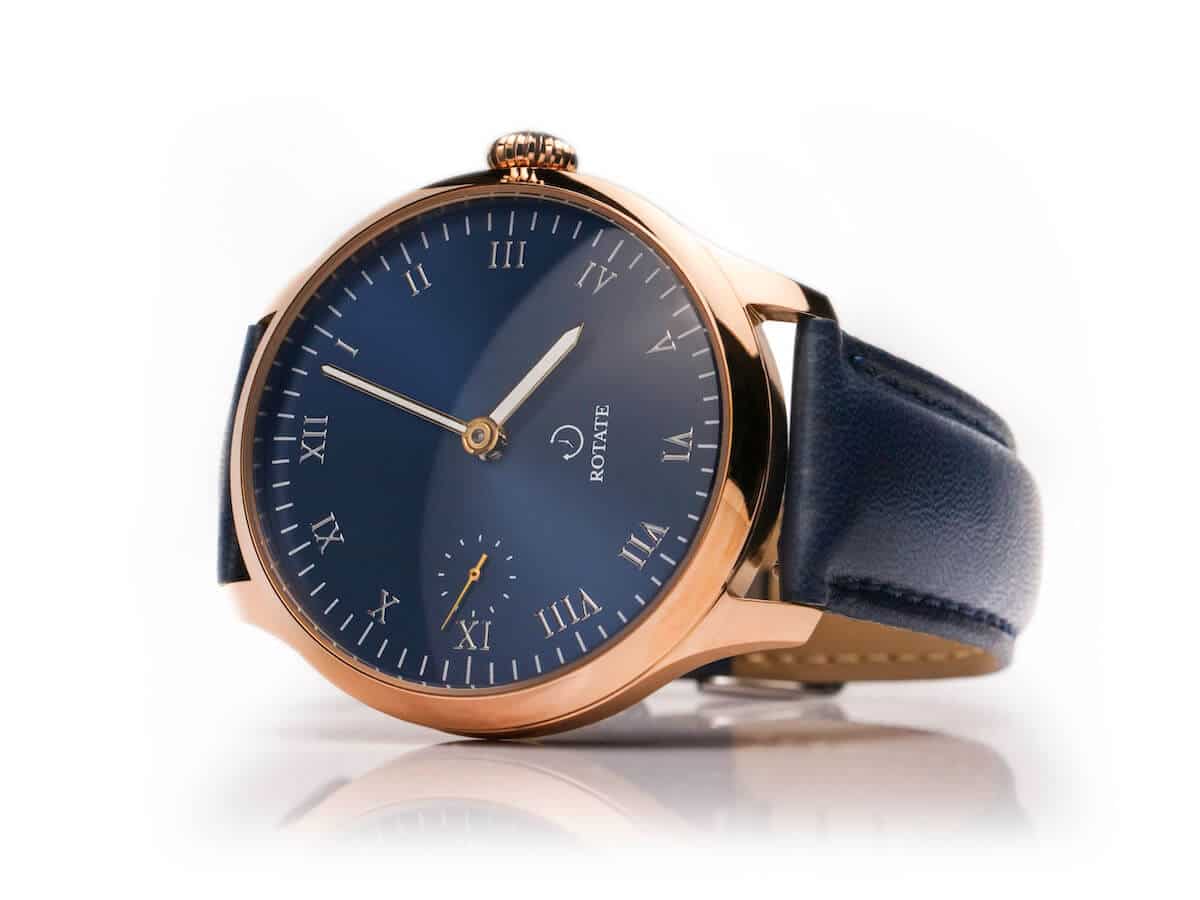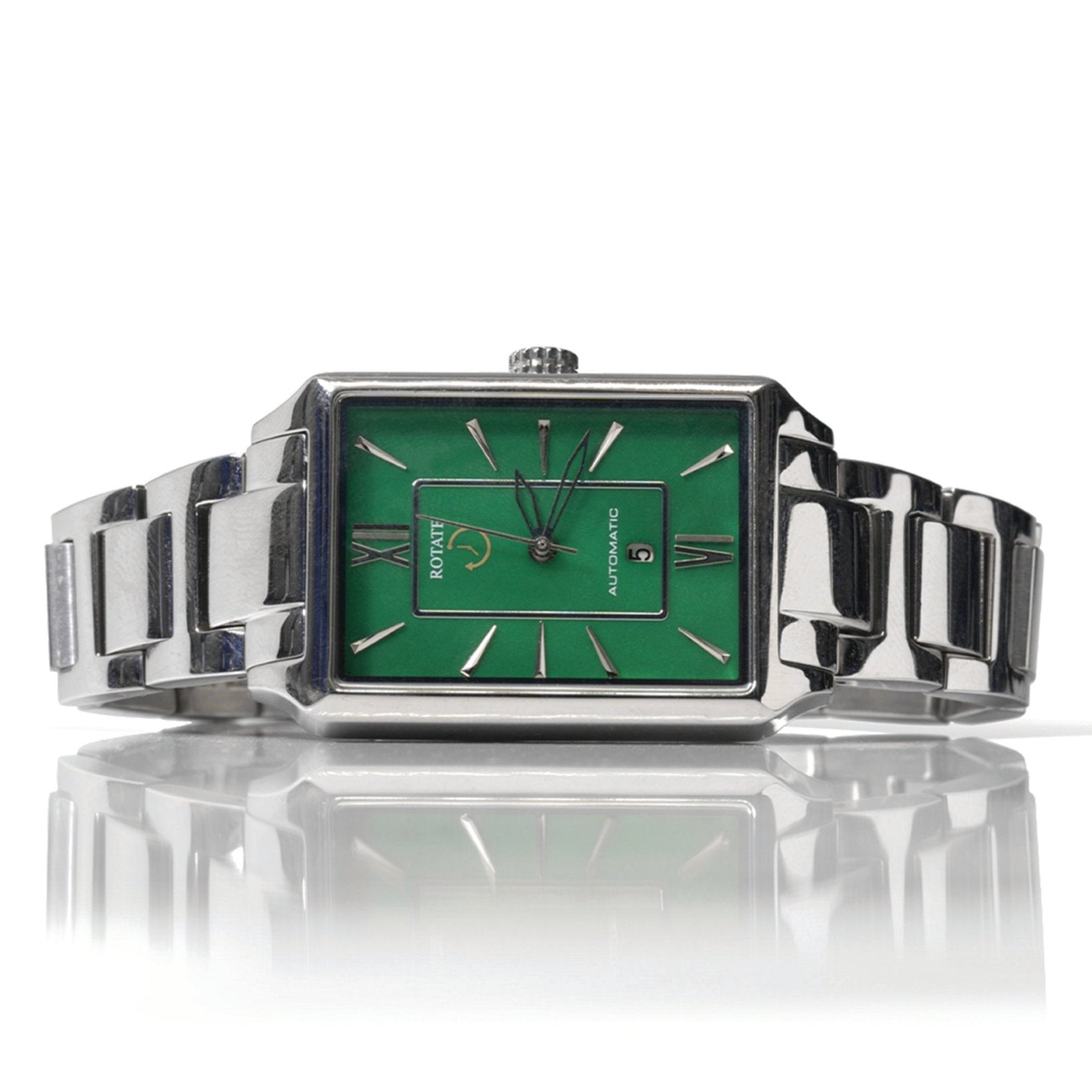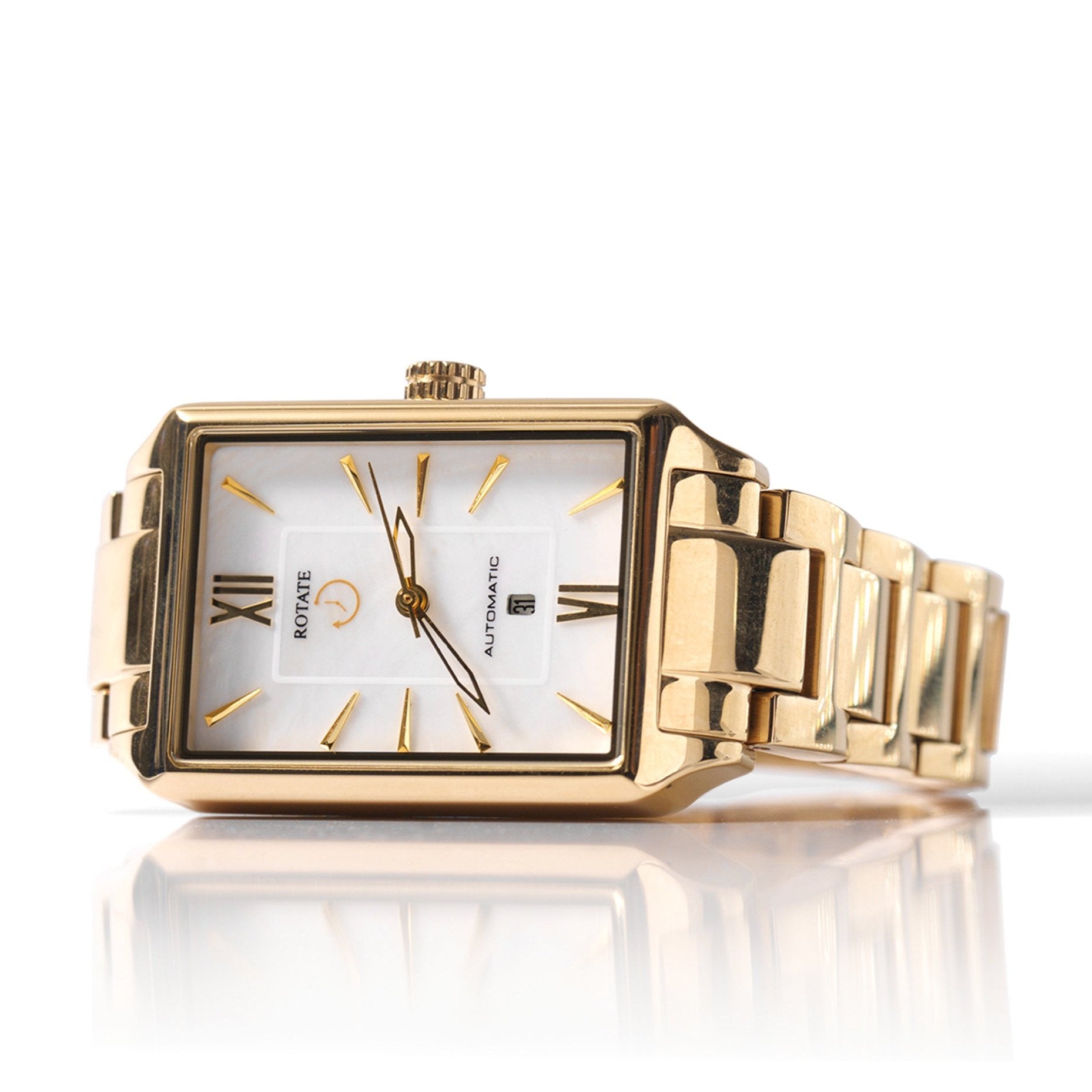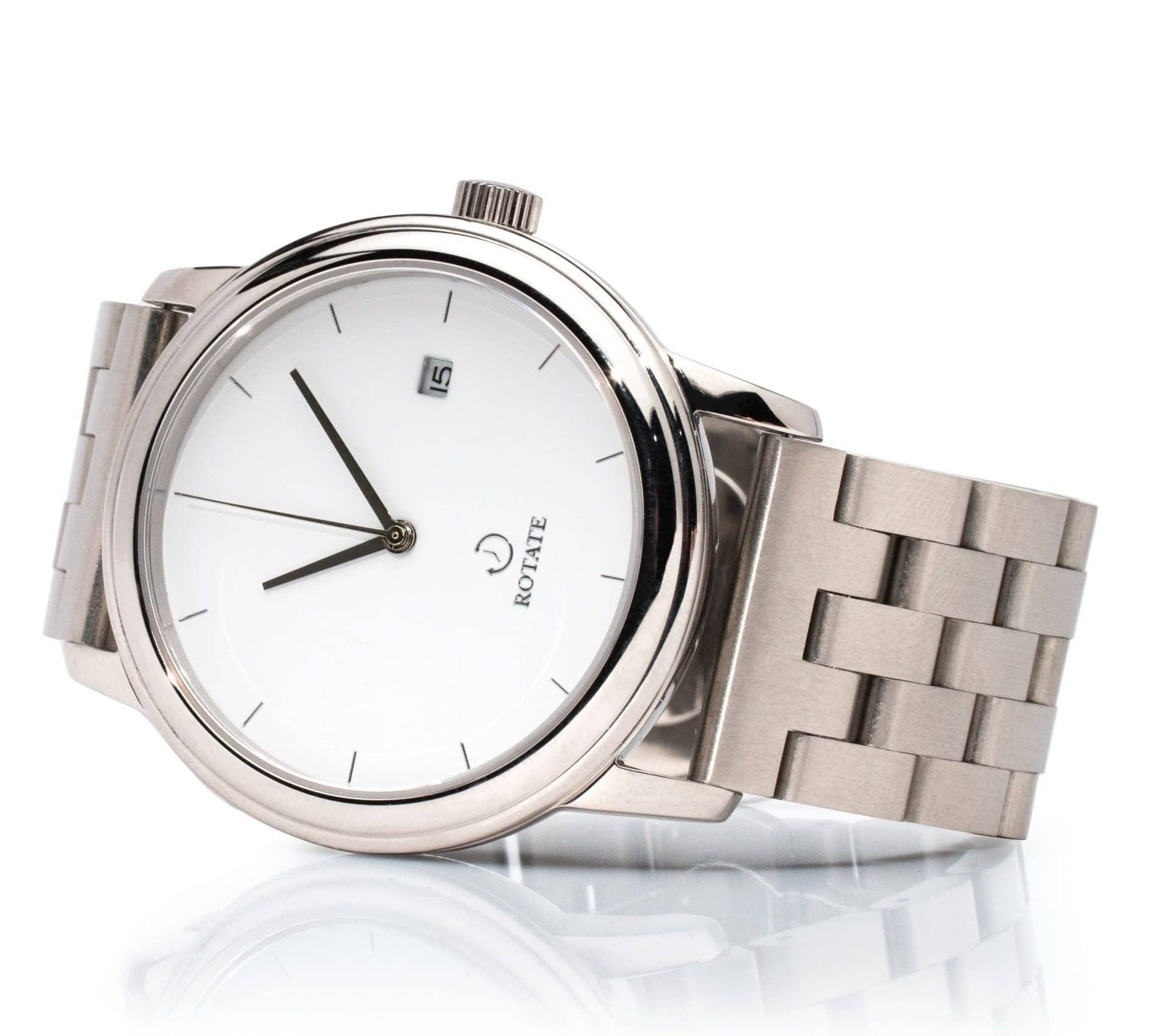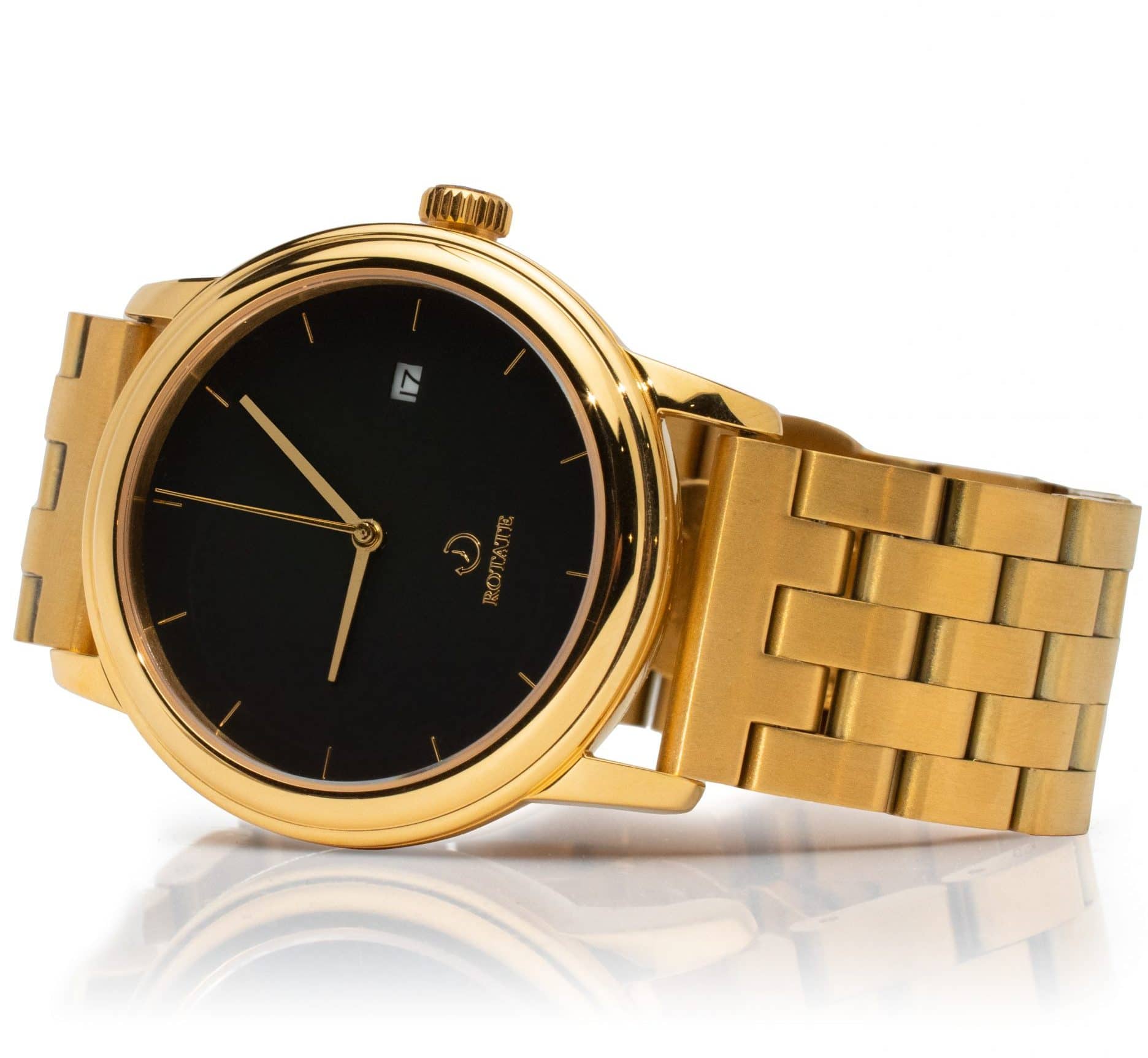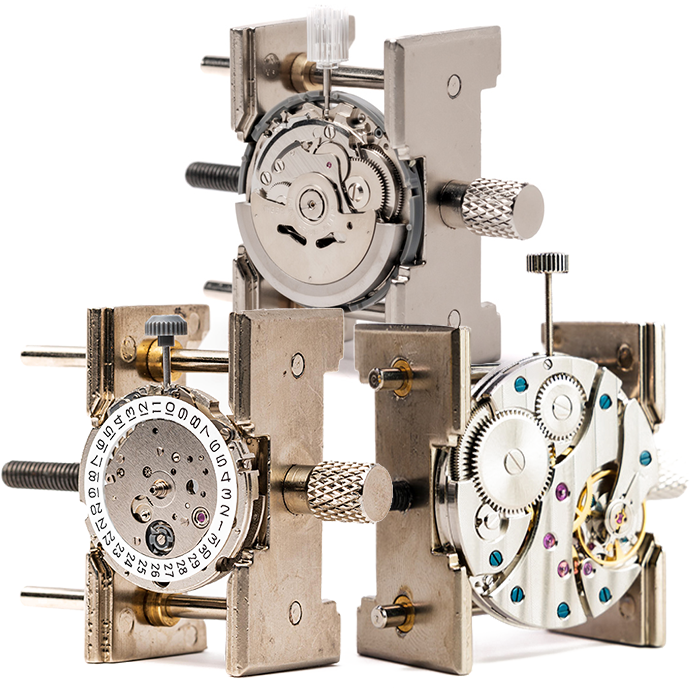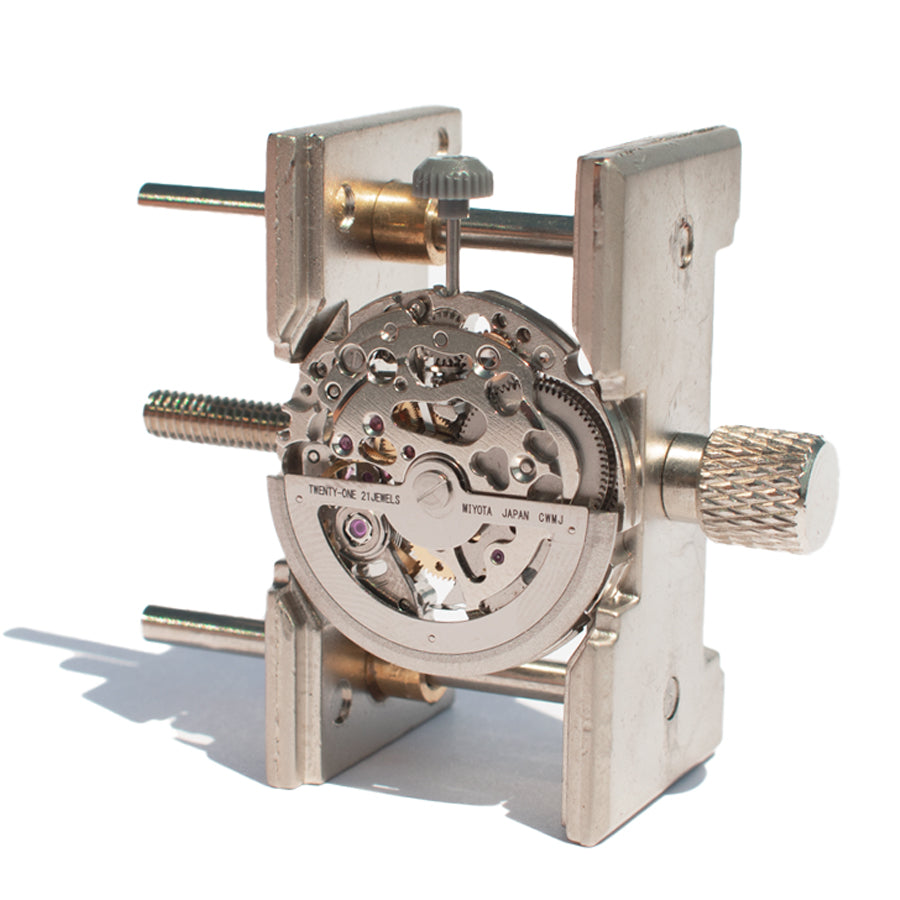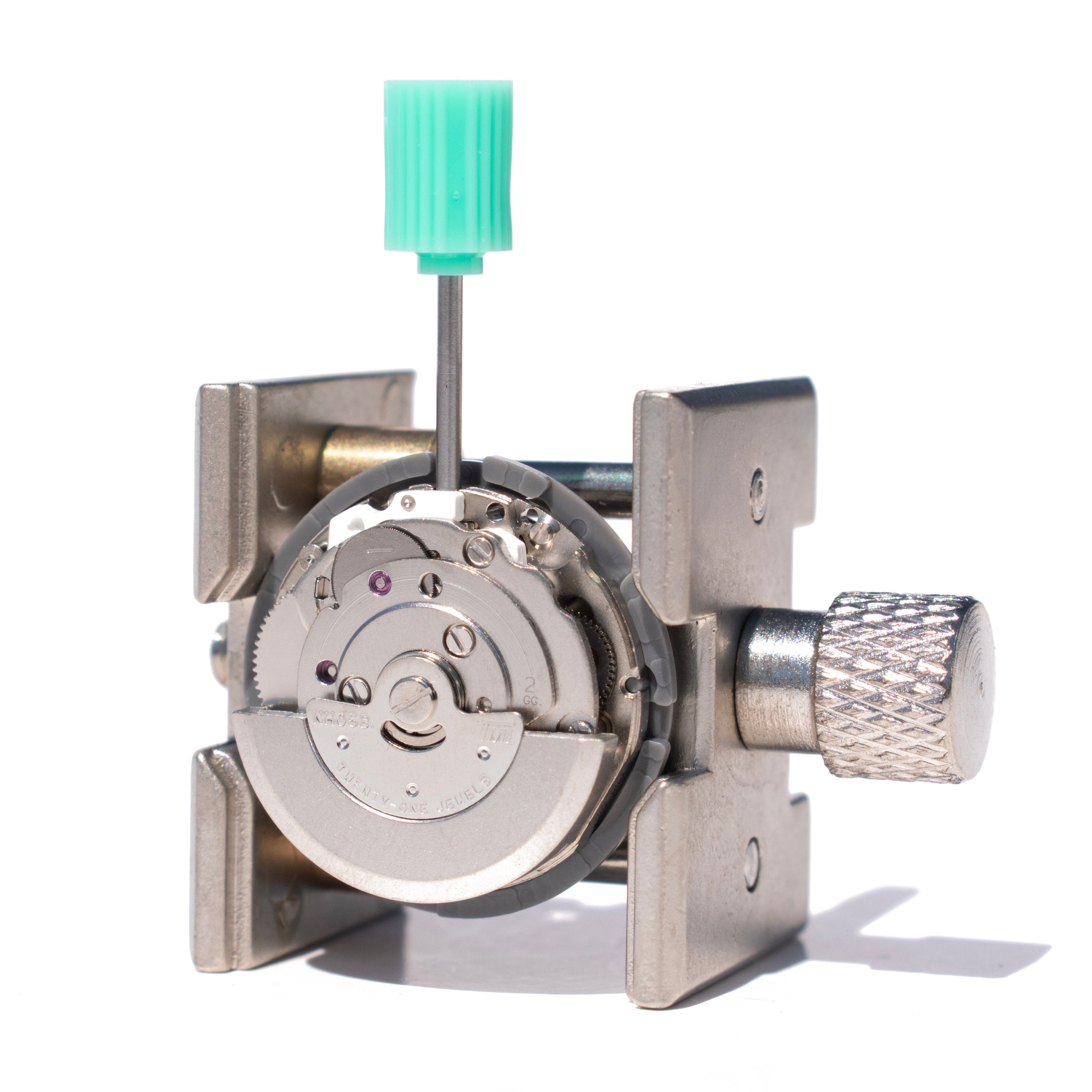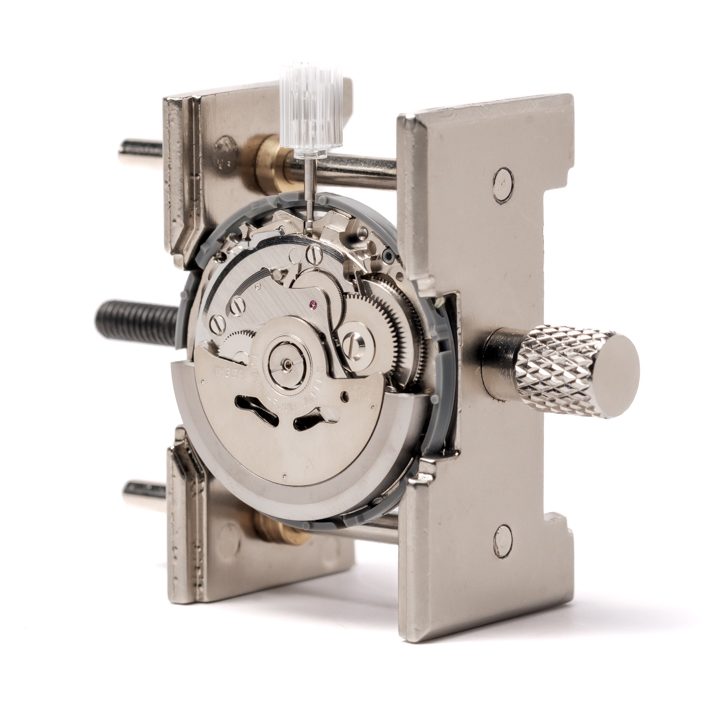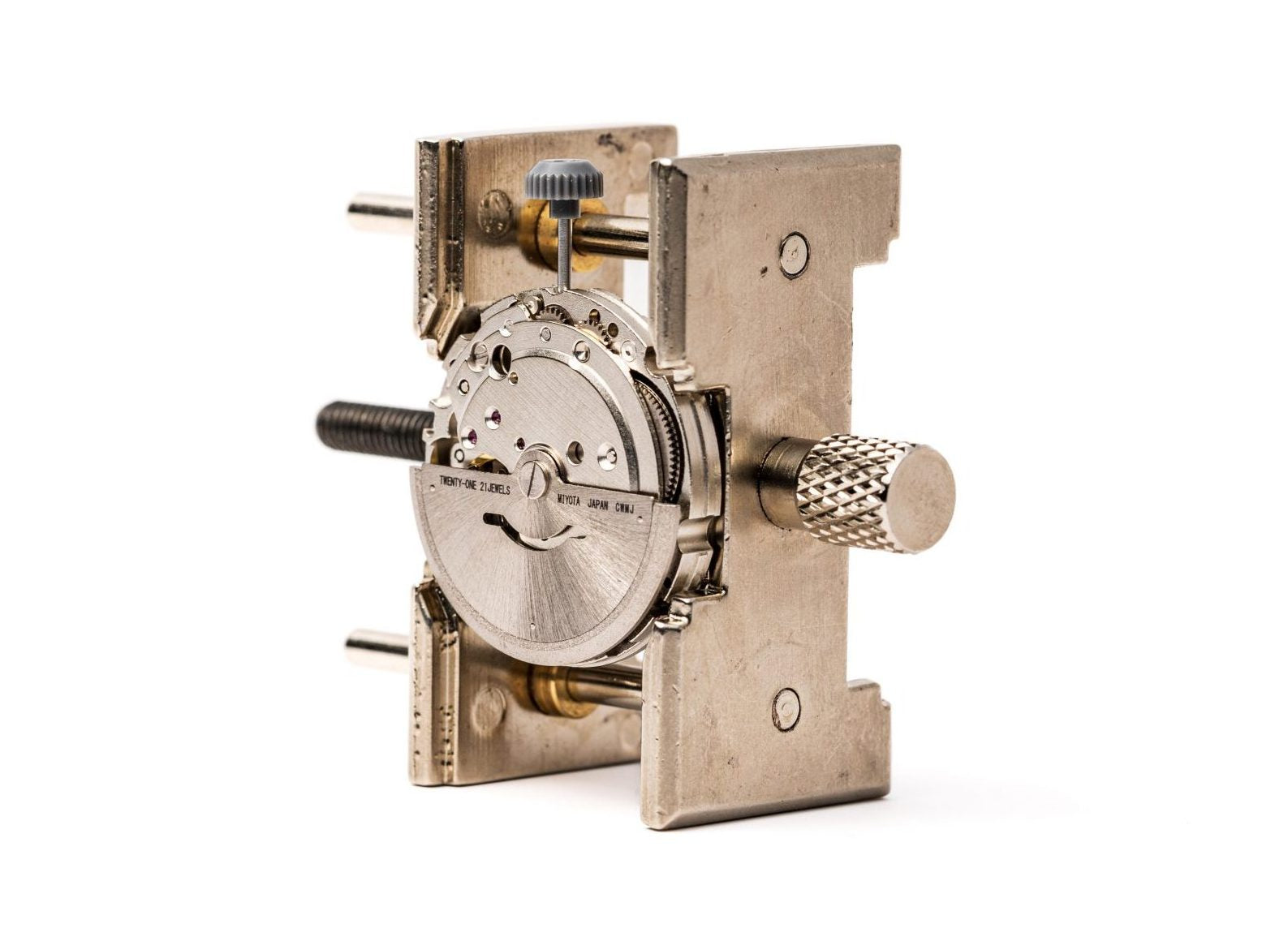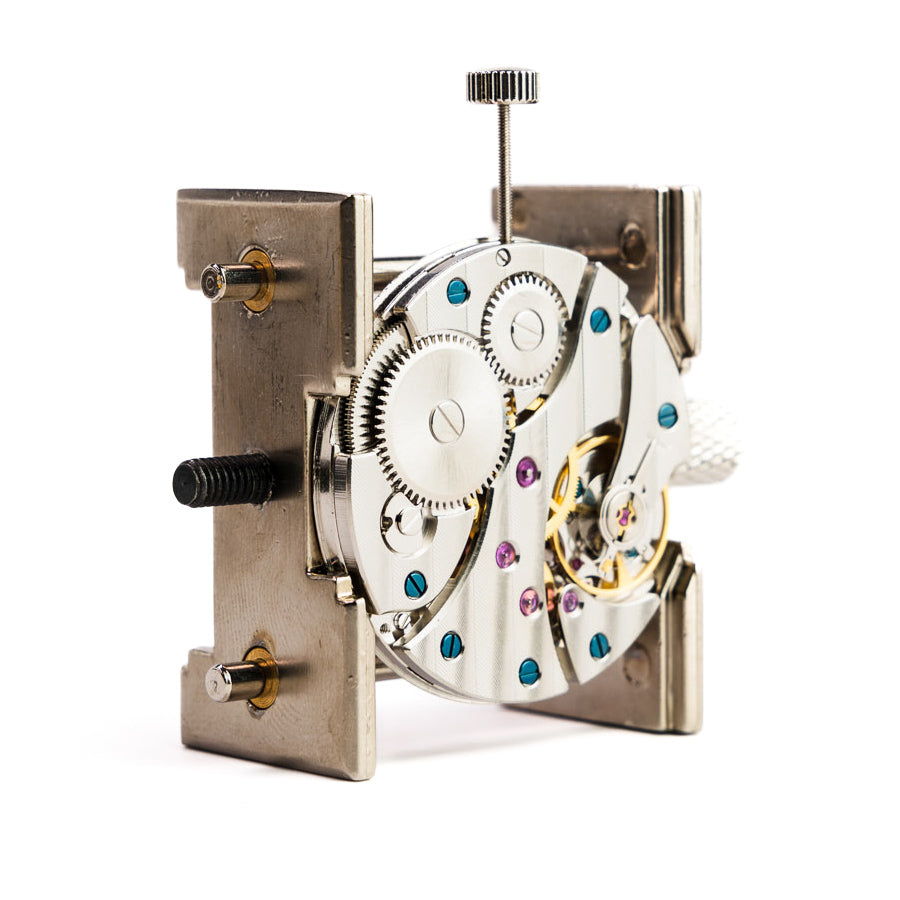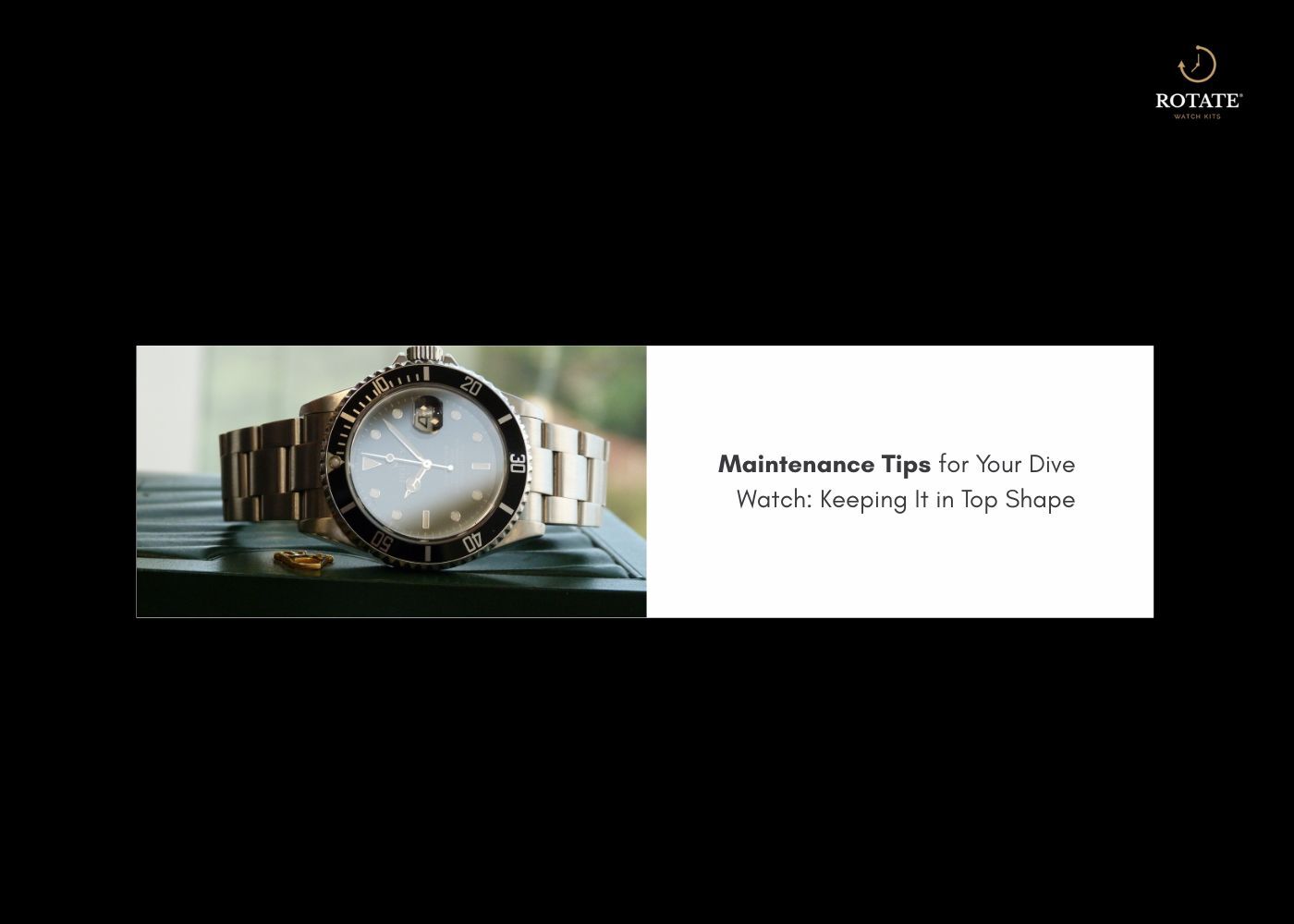
Why Is My Automatic Watch Running Fast? Step by Step Fix
Key Takeaways
- Most watch running fast cases trace to regulation drift, positional variance, shock, or contamination.
- Baseline first. Log gains across 24 to 48 hours in several rest positions.
- Start simple. Fully wind, wear normally, and record rates before any tweak.
- Micro moves only. If regulating, make hairline adjustments and retest.
- Protect the movement. Stop if behavior is erratic and plan expert service.
Ever glance at your wrist and notice tomorrow arriving early?
Enthusiasts face that moment sooner or later, when a favorite daily wearer starts gaining seconds.
The guide below gives a clean path anyone can follow to diagnose an automatic watch running fast, apply safe, incremental corrections, and decide when deeper work makes sense. You will move from easy checks to careful micro regulation, always with a light touch.
For a quick reality check on expected tolerances, scan How accurate is an automatic watch. Clear goals help you judge improvements with confidence.
Diagnosing A Fast Running Watch
Most fast gains come from one of four patterns.
- Regulation drift that crept in over time.
- Positional variance where rates change with rest orientation.
- Shock that shifted a sensitive part.
- Contamination or dried lubrication causing unstable amplitude.
Goal: restore stable rate using reversible, minimal steps.
How 'fast' Is Fast?
Start with data.
- Sync to a reliable reference, then log gains over 24 to 48 hours.
- Track at least three nightly positions, such as dial up, dial down, and crown up.
- Note differences across positions and activities.
- A timegrapher helps, though a phone plus diligence works for most enthusiasts.
Need a quick refresher on safe winding and setting before you start timing sessions? Read Mechanical Watch Basics how to wind and set.
Safety And Prep
Touch points that are fair game
- Strap or bracelet, clasp, case exterior, and crown.
- Regulator index for tiny moves only if comfortable.
Areas to avoid
- Caseback opening or any disassembly.
- Force on the crown or hands.
Workspace checklist
- Stable surface with a soft mat.
- Bright, even light.
- Clean gloves to keep oils off the watch.
- Non magnetic tweezers if you plan a regulator nudge.
Step By Step Fix, Easiest To Advanced
1) Verify full power
Rate complaints often start with inconsistent power delivery.
-
Hand wind to full, then wear for a normal day.
-
Retest across positions. Note whether the automatic watch running fast behavior changes between peak power and mid reserve.
-
For consistent off wrist motion, a quality winder helps. A compact choice is the Automatic Watch Winder Display Case.
2) Log rates with intention
Data guides every decision.
- Create a simple grid for positions and hours worn.
- Record gains to the second.
- Repeat for two days to confirm trends.
- Stable, repeatable gains usually point to regulation. Variable gains often point to shock or contamination.
3) Check positional variance
Gravity changes balance behavior from one rest orientation to another.
- Compare dial up, dial down, crown up, and crown down.
- Choose the position that runs a touch slower overnight to offset a mild fast bias.
- Track the effect for two nights to confirm.
4) Environmental and shock review
Daily wear can explain sudden rate shifts.
- Think through any recent knocks against a desk or door frame.
- Resize a loose bracelet that lets the watch bounce on the wrist. A quick refresher on safe sizing lives in How to remove links from a watch without pins.
- Retest after a calm day to see whether the gain settles.
5) Micro regulation only if comfortable
When data shows a steady, repeatable fast gain, a small regulation move can help.
- Identify the regulator index with + and − marks.
- Photograph the starting position for a guaranteed way back.
- Move the index a hair toward minus. Think fractions of a millimeter.
- Re case if needed, then test for a full 24 hours before any second move.
- Patience wins. Two or three tiny nudges with logging between each step will outperform one bold twist every time.
Want a safe platform for practice before touching a cherished piece? Build and time a reliable workhorse with the Seiko NH36 Movement Kit. That hands on build teaches how small moves affect rate. For target ranges on a popular caliber, read NH36 accuracy explained how to improve timekeeping. Prefer a classic hand winder for timing practice? Consider the Seagull ST3600 Movement Kit.
6) When adjustment fails
Stop and plan expert service if any of the following appear.
- Large day to day swings that refuse to settle.
- Noticeable beat error changes after minor bumps.
- Gains measured in full minutes per day.
- Visible issues around the balance that suggest contamination or physical damage.
Prevention that actually works
- Keep a simple monthly rate log for early warning.
- Wind off wrist with smooth, even turns.
- Size bracelets to reduce daily shock.
- Use a steady nightly rest position that compensates for a known fast bias.
- Store on a winder like the Automatic Watch Winder Display Case when rotation among multiple watches limits wrist time.
Troubleshooting map
-
Regulation drift → steady fast gain in every test → micro regulate in tiny steps and log.
-
Positional variance → rate shifts with orientation → use a compensating nightly rest.
-
Shock or impact → sudden jump in rate → wear gently, retest from full wind, then consider regulation.
-
Contamination or dried lubrication → inconsistent, unstable rates → pause home adjustments and schedule professional cleaning and regulation.
Glossary
- Amplitude: swing angle of the balance, a key stability indicator.
- Beat error: difference in timing between tick and tock.
- Hairspring: spiral spring that controls balance oscillation and rate.
- Regulator: index that slightly changes the active length of the hairspring to adjust rate.
- Positional rate: timing variance caused by rest orientation.
Build Skills With Rotate
Hands on practice builds confidence before any tweak on a favorite watch. Assemble and regulate a daily ready caliber with the Seiko NH36 Movement Kit, master hand wound timing with the Seagull ST3600 Movement Kit, then stabilize rotation using the Automatic Watch Winder Display Case. Accuracy targets and practical tips appear in NH36 accuracy explained how to improve timekeeping and the fundamentals in Mechanical Watch Basics how to wind and set.
FAQs
Q1. Why does an automatic suddenly start gaining time?
A. Common triggers include a recent knock, bracelet fit that allows excess shock, or regulation drift that reached a noticeable threshold.
Q2. Can position really change the rate of a mechanical watch?
A. Yes. Gravity influences the balance differently in each rest orientation, which can speed or slow the watch by a few seconds per day.
Q3. Should I regulate my own watch?
A. A careful hobbyist can make tiny, reversible adjustments if data shows a steady bias. Stop if behavior turns erratic and plan expert work.
Q4. How long should testing last after a small regulation move?
A. Give each change a full 24 hours. Log results before any second move.
Q5. How many seconds per day counts as normal for modern automatics?
A. Targets vary across calibers, though many daily wear movements sit within tens of seconds per day in real life. See How accurate is an automatic watch for context.
Q6. My watch runs fast only when freshly wound. What does that suggest?
A. Some movements show a slight fast bias at peak power. Use a slower nightly rest position to offset, then evaluate whether a tiny regulation nudge is warranted.
Q7. How small should each regulator move be?
A. Think hairline only. A photo of the start position plus one minuscule move toward minus, then 24 hours of testing, gives the safest path.
Q8. Can resting crown up really slow a fast watch?
A. Often yes. Many watches run a touch slower in certain orientations. Test crown up, crown down, dial up, and dial down to identify the best match.
Q9. How long should a post regulation test last before calling it fixed?
A. Run at least 24 hours in wear plus an overnight rest in the target position. Two days of consistent results confirm success.
{ "@context": "https://schema.org", "@type": "FAQPage", "mainEntity": [ { "@type": "Question", "name": "Why does an automatic suddenly start gaining time?", "acceptedAnswer": { "@type": "Answer", "text": "Common triggers include a recent knock, bracelet fit that allows excess shock, or regulation drift that reached a noticeable threshold." } }, { "@type": "Question", "name": "Can position really change the rate of a mechanical watch?", "acceptedAnswer": { "@type": "Answer", "text": "Yes. Gravity influences the balance differently in each rest orientation, which can speed or slow the watch by a few seconds per day." } }, { "@type": "Question", "name": "Should I regulate my own watch?", "acceptedAnswer": { "@type": "Answer", "text": "A careful hobbyist can make tiny, reversible adjustments if data shows a steady bias. Stop if behavior turns erratic and plan expert work." } }, { "@type": "Question", "name": "How long should testing last after a small regulation move?", "acceptedAnswer": { "@type": "Answer", "text": "Give each change a full 24 hours. Log results before any second move." } }, { "@type": "Question", "name": "How many seconds per day counts as normal for modern automatics?", "acceptedAnswer": { "@type": "Answer", "text": "Targets vary across calibers, though many daily wear movements sit within tens of seconds per day in real life." } }, { "@type": "Question", "name": "My watch runs fast only when freshly wound. What does that suggest?", "acceptedAnswer": { "@type": "Answer", "text": "Some movements show a slight fast bias at peak power. Use a slower nightly rest position to offset, then evaluate whether a tiny regulation nudge is warranted." } }, { "@type": "Question", "name": "How small should each regulator move be?", "acceptedAnswer": { "@type": "Answer", "text": "Think hairline only. A photo of the start position plus one minuscule move toward minus, then 24 hours of testing, gives the safest path." } }, { "@type": "Question", "name": "Can resting crown up really slow a fast watch?", "acceptedAnswer": { "@type": "Answer", "text": "Often yes. Many watches run a touch slower in certain orientations. Test crown up, crown down, dial up, and dial down to identify the best match." } }, { "@type": "Question", "name": "How long should a post regulation test last before calling it fixed?", "acceptedAnswer": { "@type": "Answer", "text": "Run at least 24 hours in wear plus an overnight rest in the target position. Two days of consistent results confirm success." } } ] }


